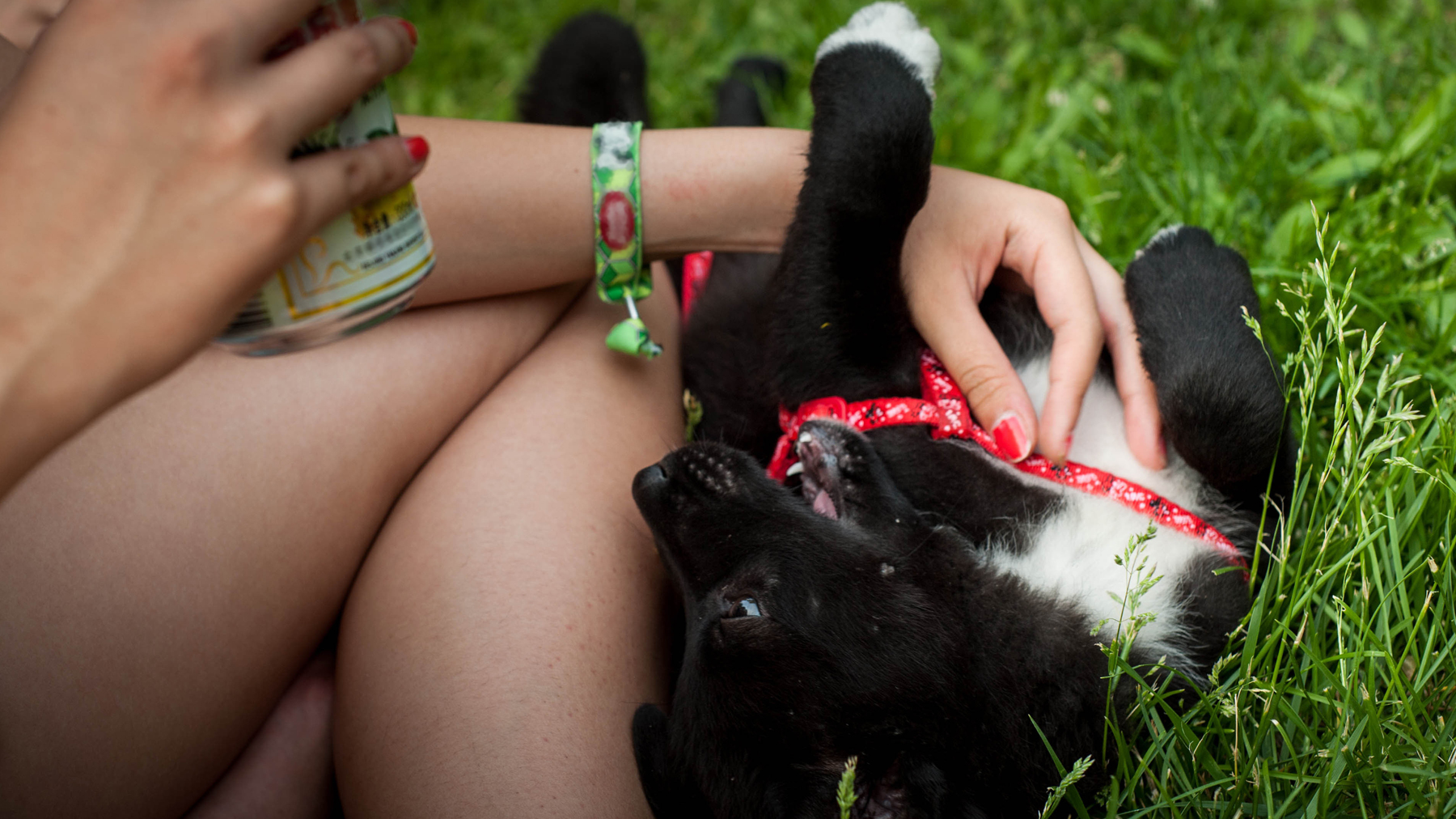Trainer shares top mistake new puppy owners make and the solution is simple but brilliant for bettering behavior
If you’re the proud owner of a new puppy then this simple tip from a trainer may save your sanity

As we all know, pups are adorable but they’re also a handful. Chewing, messing in the house, destroying shoes and cables…as a new puppy owner, there’s a real risk you might come home to find your living room looks like it’s been taken over by gremlins. Even spending a fortune on the best puppy toys might not stop your best gloves getting nibbled.
According to trainer Miles Hamilton, the number one cause of such problems is giving your new pup too much freedom. In a TikTok video, he points out that no one would leave a two-year-old child home alone, and new puppies also can’t be relied upon to make good decisions when unsupervised.
“Management is the secret to raising a puppy and keeping your sanity in the process,” he explains. Start by puppy-proofing your home, picking up anything that’s loose or that your pup could conceivably reach, such as cables or anything on a low shelf.
When you’re not home, keep the dog in a crate. When you are home, don’t let your pup run away with the idea that he can tear around the house. Instead, designate a small area where he feels safe, and get him used to the idea of staying there quietly. “You can slowly increase the amount of freedom that you give them as they prove to you that they can handle it,” says Miles.
It's never too early to set clear boundaries, and your puppy will be much happier for knowing what he is or isn’t allowed to do. According to the American Kennel Club, puppies need to be taught the rules of their new social order as soon as they arrive. It’s much easier to teach good habits than correct bad ones, and habits that seem cute in puppies such as jumping up can become a real problem in adult dogs.
Starting off as you mean to go on is the key, and is the best way to end up with a calm, balanced, well-adjusted pooch. Teach your pup to love his crate by giving him treats or feeding him in there, so that he learns to see it as a safe space where he’s happy to spend time.
For more advice about puppy behavior, take a look at these five tips from a vet for solving puppy behavior problems. To avoid mishaps, you might also be interested in our guide to how to potty train a puppy.
Get the best advice, tips and top tech for your beloved Pets
Sara is a freelance journalist and copywriter of many years’ experience with a lifelong love of animals. She’s written for a range of magazines and websites on subjects varying from pet care to travel. A horse rider since the age of five, she’s currently a full time pet slave to horse Blue and gorgeous, goofy English Springer Spaniel Olly. Adorable Olly has a huge sense of adventure and no sense of direction, keeping Sara on her toes.

